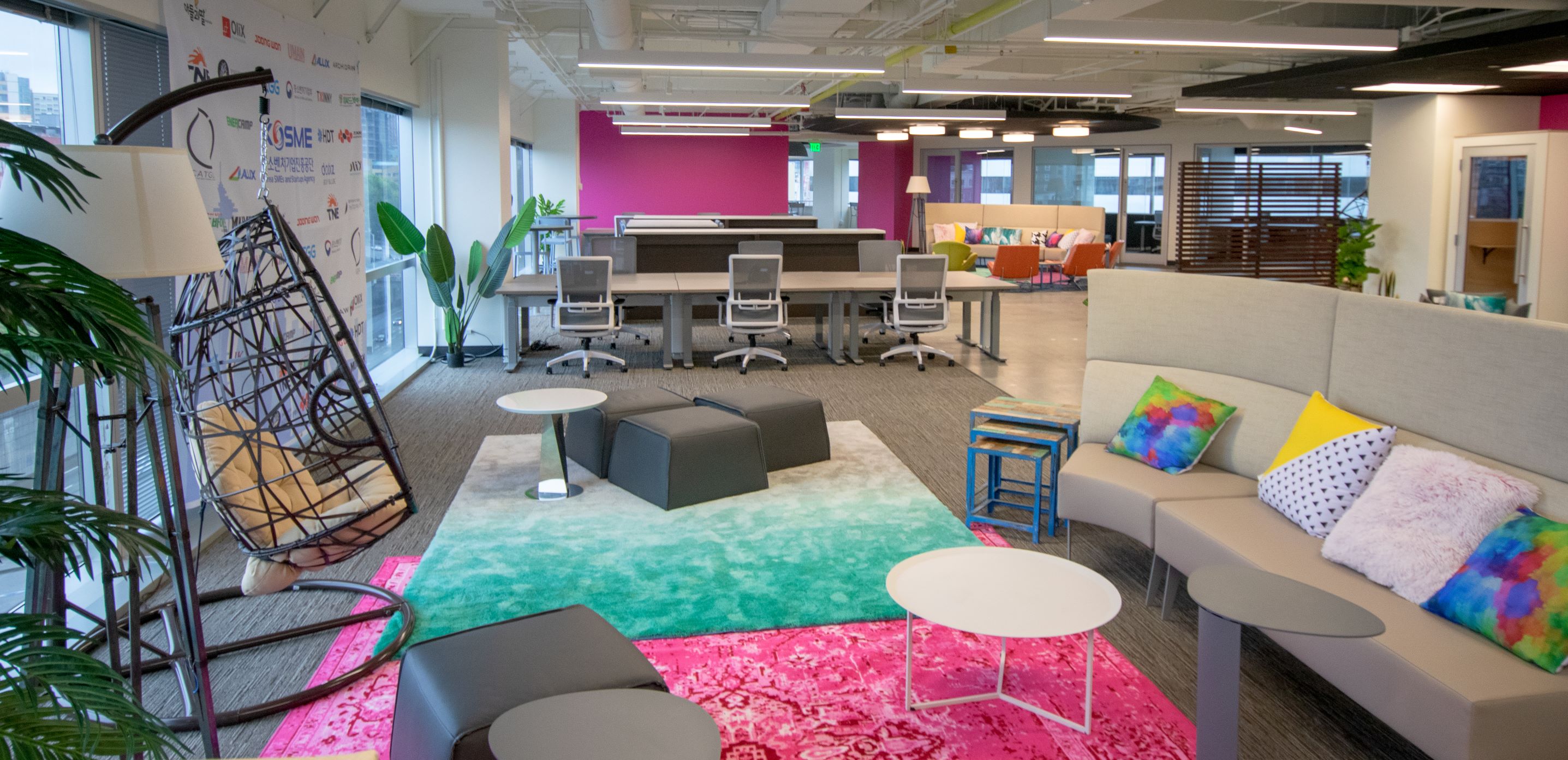Did you know an estimated one out of three individuals have some form of disability? Disabilities can be visible or non-visible, temporary or permanent. While designers and space planners adhere to all ADA regulations when designing and planning workspaces, designing a truly inclusive space goes far beyond ADA compliance. Here are some factors that need to be well thought out when designing universal workspaces for a modern workforce.

North Carolina State University College of Design has an informative write up on universal design, which is the design of products and environments to be usable by all people, to the greatest extent possible, without adaptation or specialized design. Their seven Principles for Universal Design are meant to evaluate existing designs, guide the design process, and educate both designers and consumers about the characteristics of more usable products and environments.
- Equitable use
The design is useful and marketable to people with diverse abilities. - Flexibility in use
The design accommodates a wide range of individual preference and abilities. - Simple and intuitive
Use of the design is easy to understand, regardless of the user’s experience, knowledge, language skills, or current concentration level. - Perceptible information
The design communicates necessary information effectively to the user, regardless of ambient conditions or the user’s sensory abilities. - Tolerance for error
The design minimizes hazards and the adverse consequences of accidental or unintended actions. - Low physical effort
The design can be use efficiently and comfortably, with a minimum of fatigue. - Size and space for approach and use
Appropriate size and space is provided for approach, reach, manipulation, and use regardless of user’s body size, posture, or mobility.

The above image from a recent Apex Case Study demonstrates a workspace that melds a combination of colors and textures in their design. In addition to being aesthetically pleasing, this design makes access easier for employees with visual impairments to navigate the space around them. Combinations of varying of seating options make it possible for employees to work where they thrive and all desks are equipped with height adjustable bases, so everyone can adjust their workstations for their own proper ergonomically alignment.
For further reading:
- How Do We Design Workplaces For Inclusivity And Diversity
- Is Your Office Designed For Inclusion?
- The Four Work Modes
These guiding principles will make your workplace design appropriate for employees with diverse abilities. For more tips on universal design or updating your workspace, contact us.



